What is its kernel exploring Mars?The insight will take you to find out!
Author:Astronomy online Time:2022.07.01
Mars landing device launched by the National Airlines and Cosmic Aviation Bureau draws the first Mars underground map in history through listening to the wind.
The sound of the wind reveals the details of the underground shape of Mars.

Illustration: A shallow underground condition map explored by the National Airlines and Cosmic Navigation Bureau described by an artist. (Source: Zurich Federal Institute of Technology / Géraldine Zenhäusern)
The researchers echoed the first Mars underground map by listening to the sound of the soil and rock layer near the Mars equator.
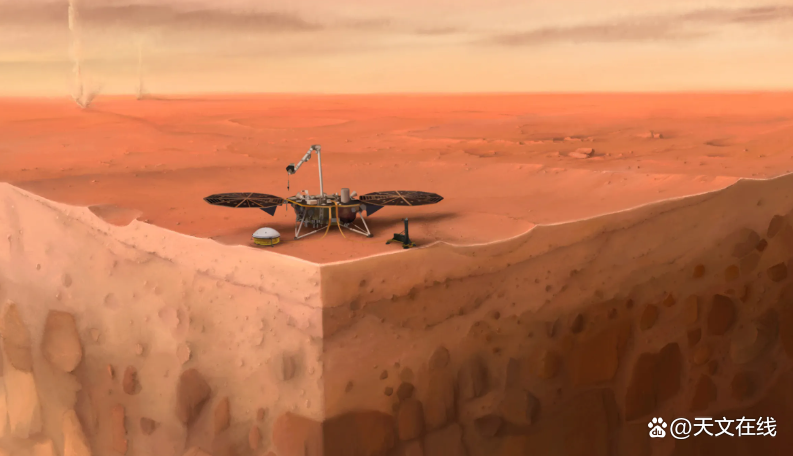
The research team used NASA (hereinafter referred to as NASA) insight detectors -landed on the flat "Bliss Plain" in 2018 to study the weak "Mars earthquake" that swept the planet — Essence The data obtained by the insight can obviously allow scientists to get a rough concept of Mars underground tissue, including the nature of its mantle and the thickness of the crust.
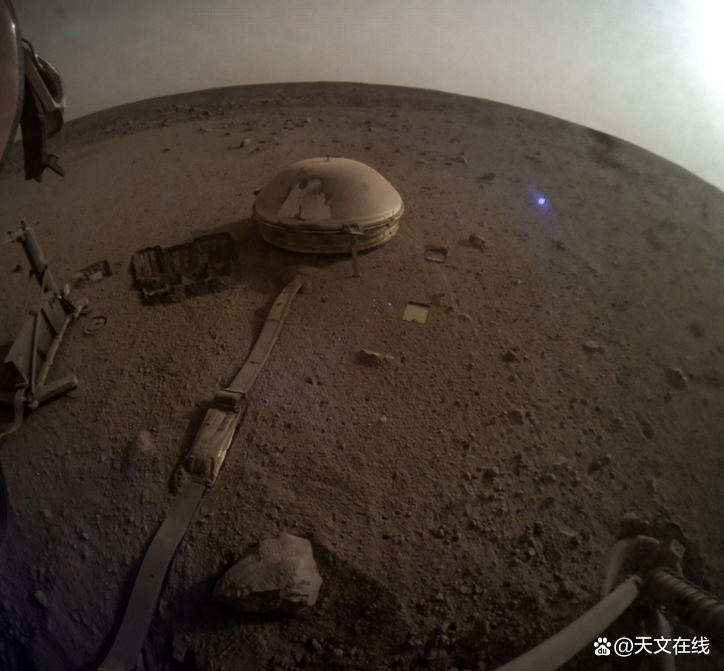
The research team led by Swiss Earth Physicists uses a new technology developed and adjusted on the earth to let the lander's instruments directly observe the lower levels of Mars's dry surface and explore its 660 -foot (200 meters) from the ground shell (200 meters). thing.
"We are applying a technology that matures on the earth to determine the location of earthquake risk and study the underground structure," N. Cedric Schwitzbach, one of the Swiss Federal Institute of Technology (ETH) working in Zurich (ETH) Geographic scientist, also the author of the new papers, tells Space.
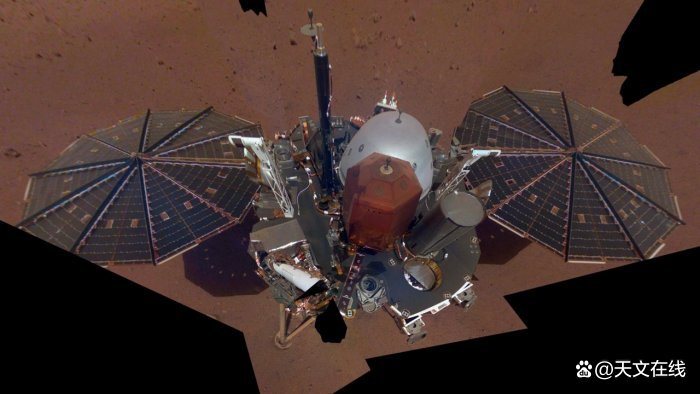
"This technology is based on environmental vibration," Schwitzbach said. "On the earth, human beings have the ocean and wind, all of which make the ground shake all the time, and people measure the shock at a certain point, leaving a underground mark."
Approach the truth
In essence, the chaos on the surface has continued to shake the crust. These extremely tiny vibrations will be enlarged infinitely when they go deep underground, and will eventually be captured by sensitive instruments.
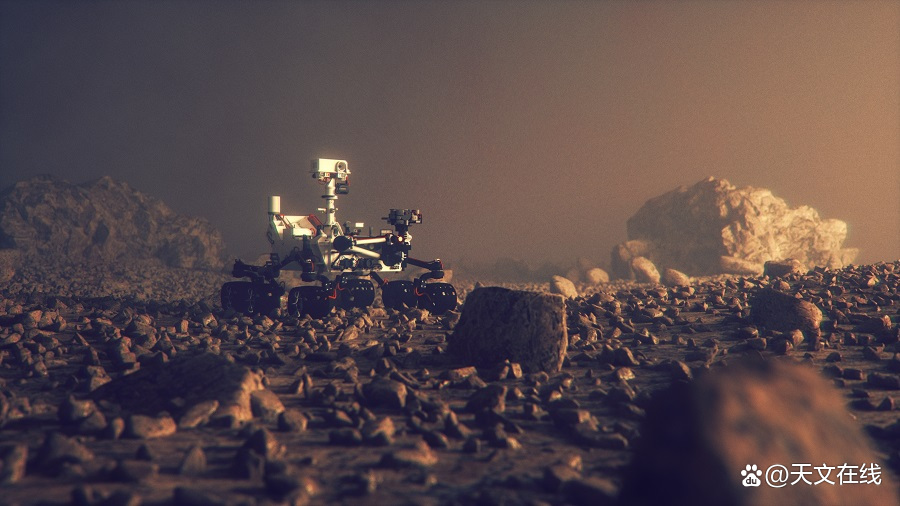
Mars, Schwitzbach said that it is more quiet than the earth. There is no ocean on this planet, and Mars's atmosphere is much thinner, resulting in the weakening of the wind there. Coupled with geography, geography can use countless monitoring stations on the earth. However, in Mars, they have only one choice: insight into the lander.
However, the wind caused by listening to the interaction of this red planet due to the interaction of meteorite ponds and ground ground underground, revealing the amazing details of the underground structure.

"The deeper we dig underground, the lower the resolution," Schwitzbach said. "When close to the surface, we can distinguish one meter (three feet) thick strata. But in deeper Tens of meters. "(10 meters = 33 feet)
This map enables humans to glimpse the evolution of Mars in the past billions of years. It revealed a layer of unexpected deep sediment and thick solidified lava, all of which covering 10 feet thick (3 meters) sandwiches.
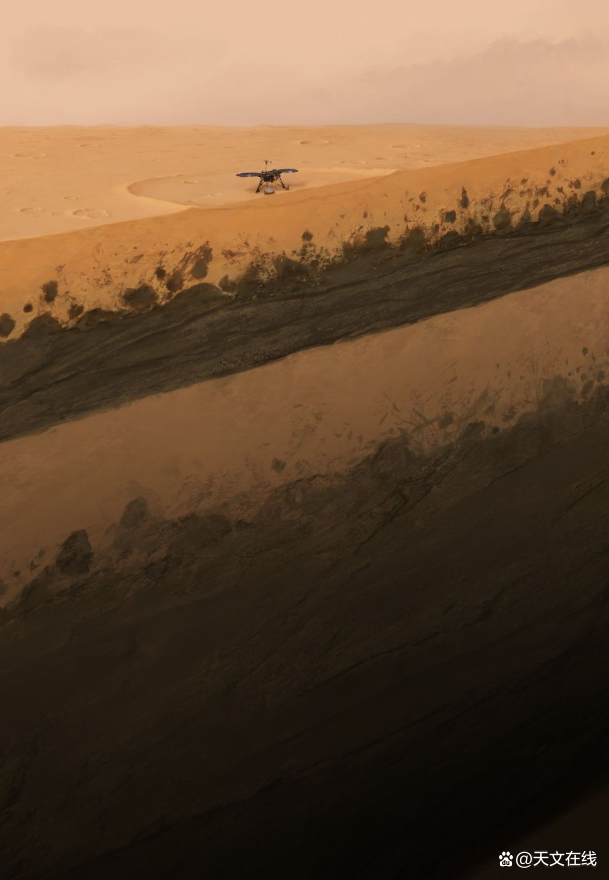
Illustration: The artist's complete concept map of the shallow underground under the NASA Martian lander. (Figure source Zurich Federal Institute of Technology / Géraldine Zenhäusern)
This surprising sedimentation layer is located in the lower half of Mars on the surface of Mars, with 100 to 230 feet (30 to 70 meters) above sea level, and is sandwiched between two -layer solidified ancient lava.
He said: "We are still studying how to determine the age of this level," he said. "But it tells us that the geological history of that place may be more complicated than what we first imagined, and more geological changes may occur in that place in the past."
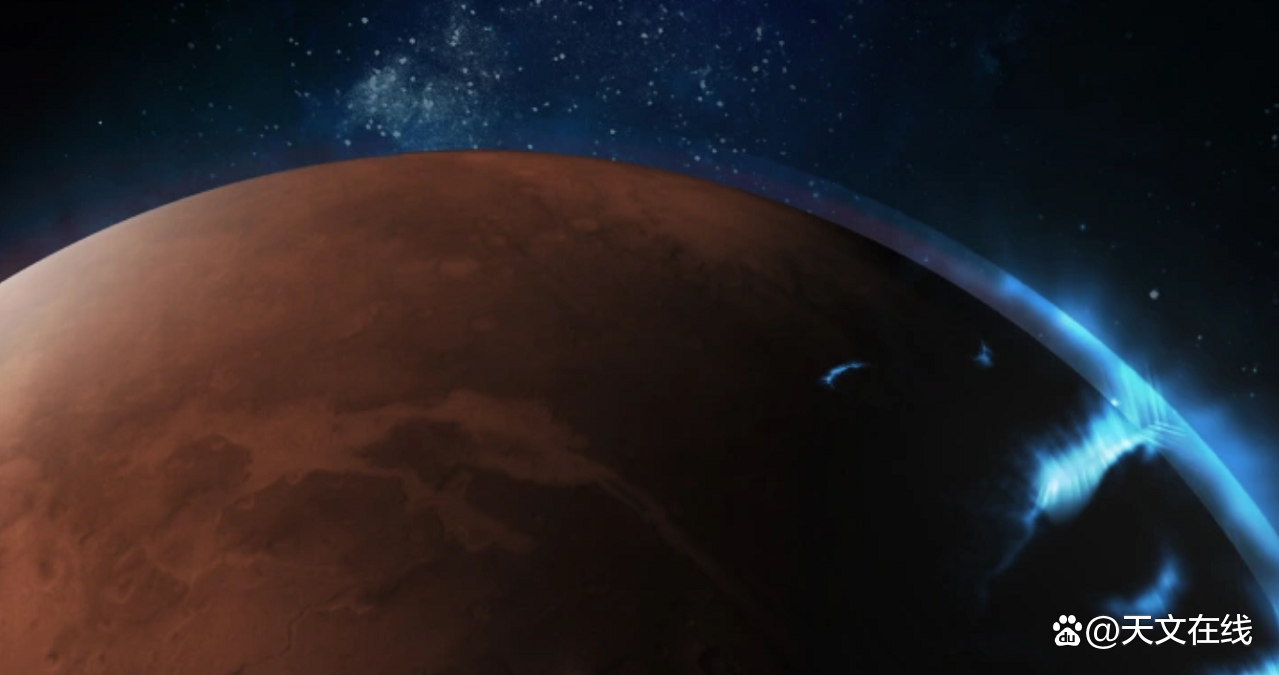
The researchers compared the two lava layers containing this sediment with the geological research of the nearby meteorite pit. These data enable them to set the origin of these strata in Mars about 1.7 billion and 3.6 billion years ago, which are two important periods in Mars geological history.
At the top of the younger lava layer, below the surface weathering layer, there is a rock material belt of about 50 feet thick (15 meters), which is likely to be hit by the past meteorite to increase them from the irregular movement of Mars surface irregularities. To the air, then returned to the surface of Mars like a rain. In the future, scientists hope to see them based on the place under the Martian crust to further expand their technology.
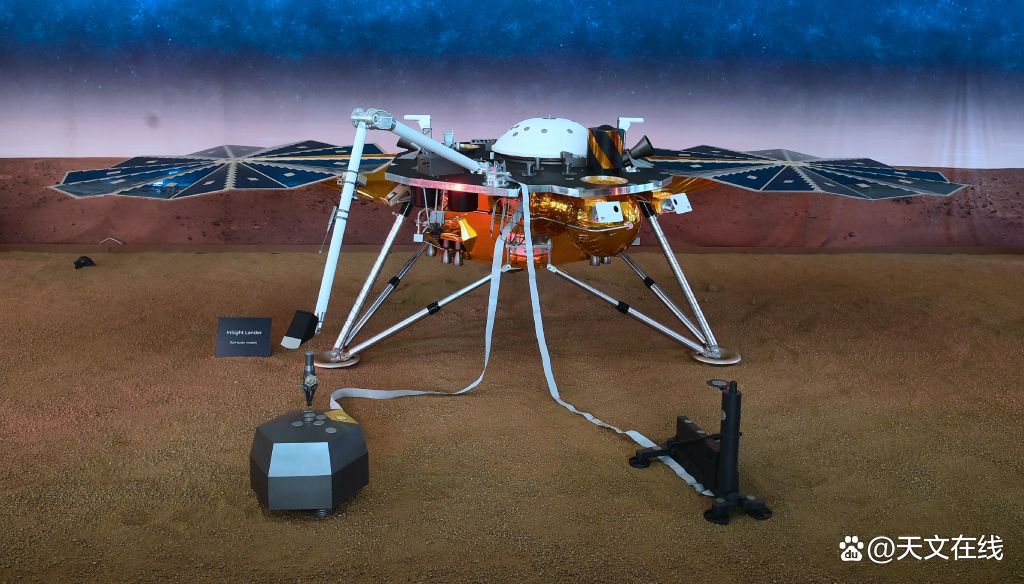
"We still have a blind spot in this field now."
The early research on the core of Mars, mantles, and crusts based on the data based on insights reveal the amazing differences between Mars and the earth. These two planets are generally considered by the public as twins of the solar system, and even to some extent their evolution paths are similar to sharing the same genes.

Both planets formed a wide ocean and thick atmosphere at the beginning. But later, Mars lost its protective magnetic field, which made the rough solar wind, that is, the flowing particles flow from the sun, gradually deprived of Mars's atmosphere. Essence Scientists hope that the geological research of these two planets can provide some clues for their "separation" today.
By: Tereza Pultarova
Fy: Yu Jie
If there is related content infringement, please contact the author to delete after the work is released
Reprinted, please obtain authorization, and pay attention to maintaining integrity and indicating the source
- END -
Corn straw transforms!See how the "garbage" used to purify the water body?

The original clear lake became strange colors, and it exudes a bad smell? The smal...
Change is still a pseudo -proposition!What can the Yuan universe bring?

Thirteen years ago, James Cameron's world -famous work- Avatar presented film fans...